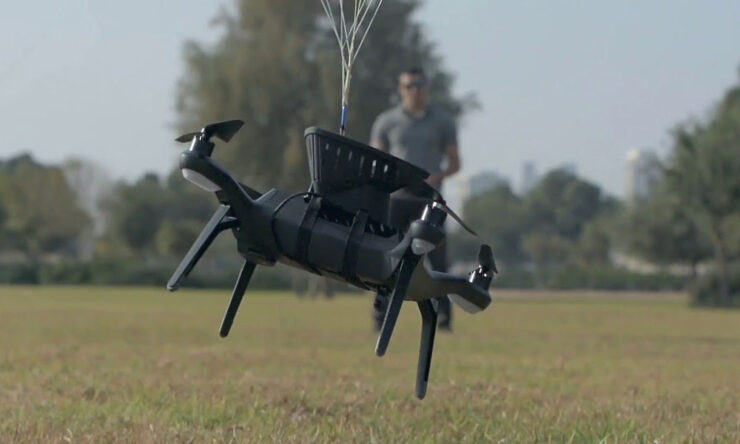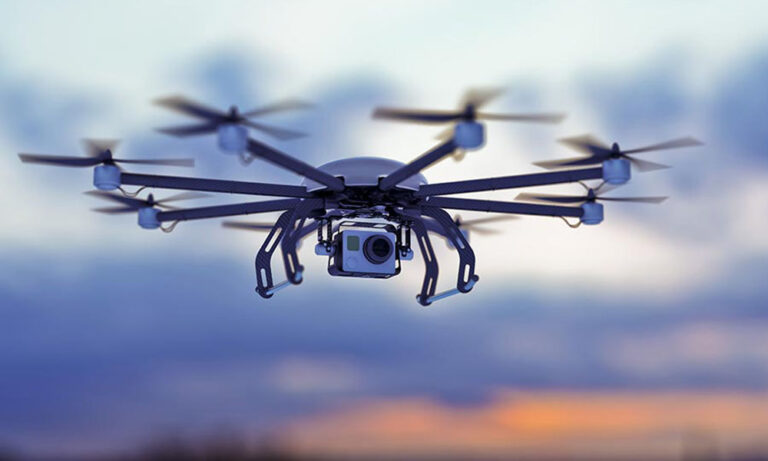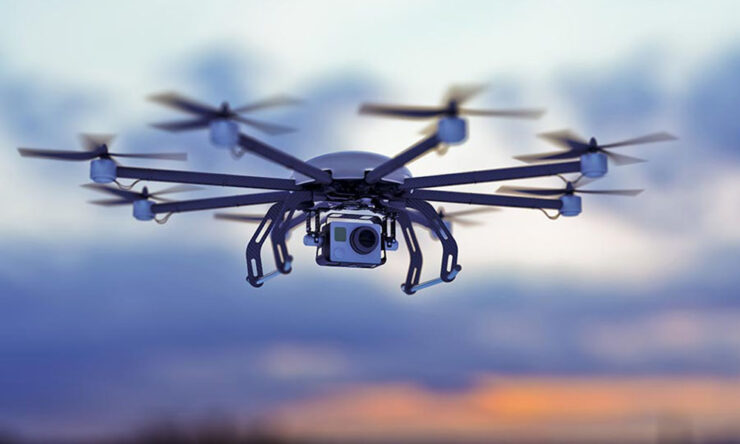Unmanned aerial vehicles (UAVs) changed the scheme of modern military tactics, enforcement of federal jurisdiction, residential security, and disclosure of weather conditions. According to Honeywell case study archives, there is no sign for the drone’s global demand to fall. Instead, it will further improve, particularly hinting at various systems to be developed in the future.
Having a camera drone does not only mean that you have the capability to capture things at an eagle’s eye view without confronting hurdles. Alternatively, having mini quadcropters does not necessarily mean that you will already enjoy lengthy flight times minus the cost for a long time. You have to remember that having the best quadcopters also give you the responsibility of taking care of the small-scale aircraft.
Controversies Circulating the Use of Drones
Basically, drones have been related to controversies such as privacy invasion (1). According to 36 states in America, legislation must be provided to safeguard people from personal encroachment related to drones. So far, restriction of drone usage has been passed in 17 states.
Not all people use drones appropriately, as proven by a published video wherein a flying drone was used to fire a handgun. As a result, UAVs had to face worse scrutiny from policymakers and the government, particularly now that it could be used as a potential weapon. This is regardless of whether the drone is used for home security purposes or not. In other words, the model aircraft could likely be used recklessly.
How Could You Protect Your Drones?
If you are among those people who are more focused on the drones’ usefulness, you should also protect your unmanned aircraft. Troubles may arise if your flying gadget malfunctions and the results may even put you in the middle of a lawsuit. For instance, simply imagine your drone flying over another’s residence due to lack of control. You may be liable for intrusion damages given the policy of the home owner.
To ensure that your drone is working accordingly, here are things you should carry out.
Bind and sync. Prior to updating, a test flight must be done to ensure that the current version of your drone is working. In addition, do not update your UAV unless it is reprimanded. Ensure that the update you would apply is free from bugs.
Following the update, you should check if the update works properly by doing a test flight. Untested software has long been associated with issues.
Before flying your drone, the controller and drone must be connected. If you would operate it, always keep a pair of bind plugs for the binding process. These plugs are easily broken, which is why you should be careful. Furthermore, do not forget to charge the controller.
Besides guaranteeing that the drone is working, you must also carry out a range test in a new area.
Add protective gear. You would best protect your drone with the use of add-ons. There are various companies that offer equipment for the safety of your UAV, which include radar surveillance, parachutes, physical casing, and blade pads, among others.

Do not forget spare propellers. For every flight, the propellers must be checked for damage. It could chip even by simply hitting a bug. The balance of your drone would certainly be affected regardless of how small the chip is.
Moreover, a loss of equilibrium could already lead to shutter roll, motor wear, and high frequency vibration (HFV). But of course, there is nothing more convenient than a spare drone. Instead of fixing the drone’s parts again, another mini quadcopter would save you time and effort.
Always check the weather condition. Nuisances to fly are far too many, specifically if you are talking about the environment. It could be very unpredictable, which is why checking the weather before a flight is a must. Your drone may even drain faster in strong weather since the motor must work at its highest capacity to balance its entirety.
You should know how to repair. You should learn everything about the parts of your drone. This is a must so you could repair it, particularly if small problems arise. If you could learn how to complete the framework of the drone, that is better.
Nonetheless, for the fundamentals, you should know how to replace parts during crash cracks, fractures, and disconnection of components. You must also know what to do when parts become loose due to extreme vibration.
Draw a flight plan. UAVs may be small or far from planes that carry passengers, but it is still necessary to treat it as its bigger counterpart. Plan its launch up to its landing. Ensure that you would have utmost control of it with maximum visibility.
Out of all the tips given above to keep your drone safe, it is vital to keep in mind the Federal Aviation Administration (FAA) approved rules on unmanned aircraft systems (2). These rules would ensure that you are flying legally and you can expect more rules in the months or years to come.


